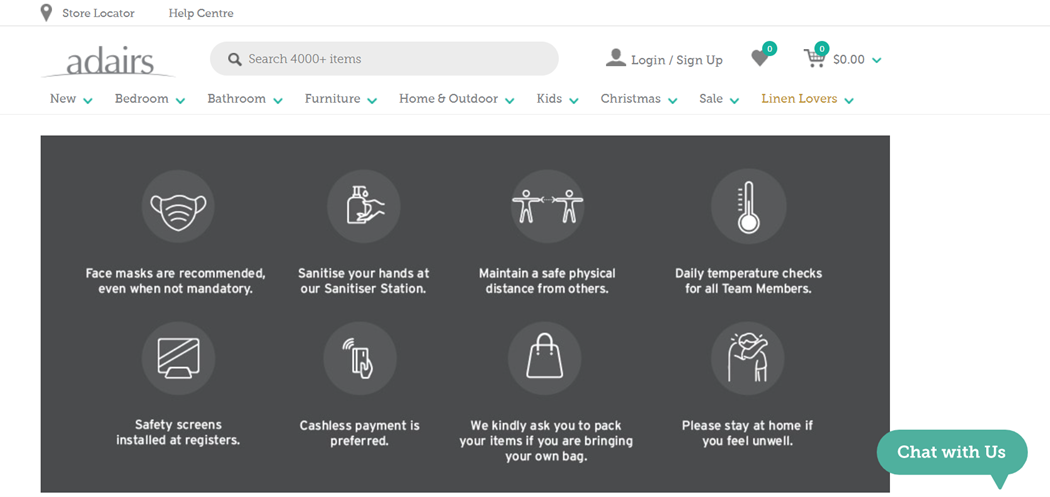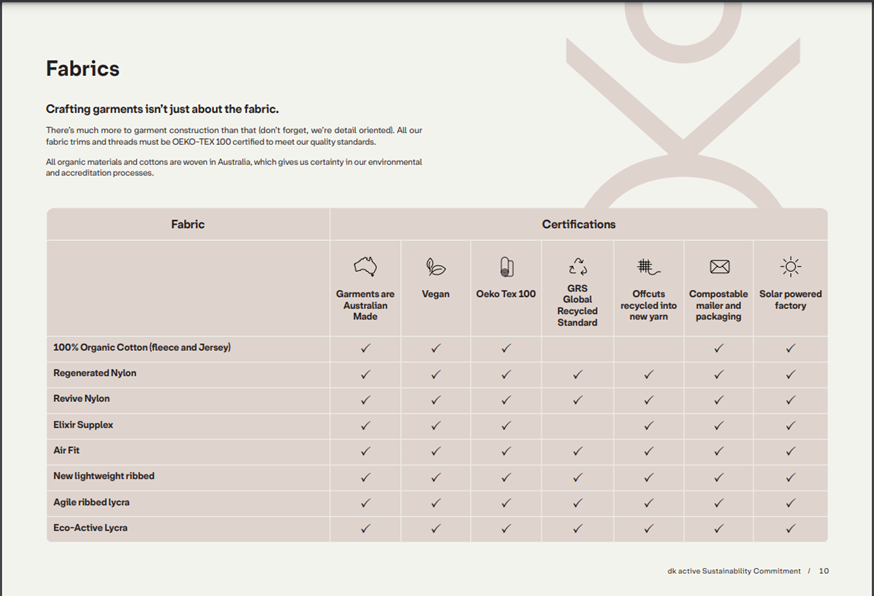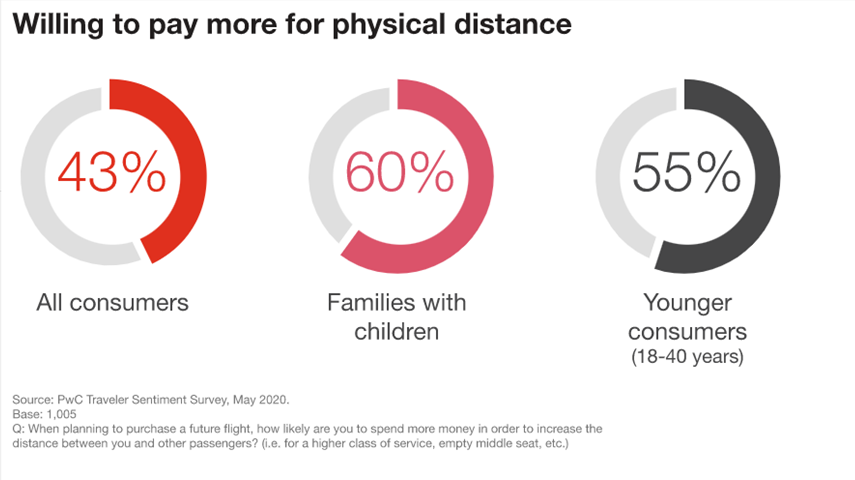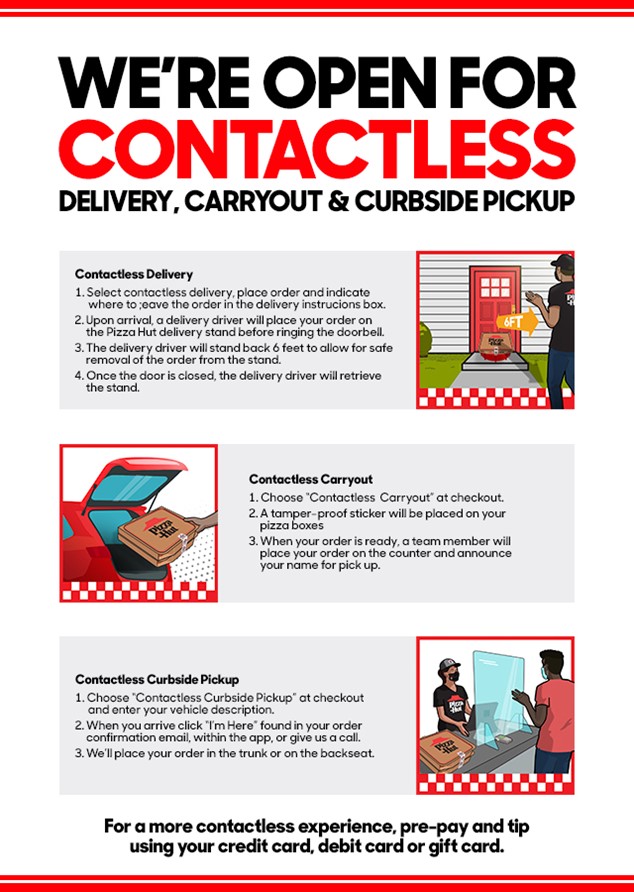The COVID-19 pandemic has significantly changed consumer confidence, but how long would it last? And what can retailers do to cater to these demands?

It's no secret that consumer confidence has taken a serious hit from COVID-19. The pandemic didn't only adversely impact society's health, but the economy and social environment as well. Consumers are still reeling from unemployment, the rising cost of living, and businesses shutting down.
Studies by McKinsey & Co. collected in Australia in March 2022 show a decline in consumer optimism, especially among older consumers. In fact, nearly two out of three consumers claim they have no plans on splurging in 2022.
While the pandemic is slowly becoming a thing of the past (thankfully!), the economic and social effects still linger. So how long will these impacts last? Is it bad news for retailers and those in business? While we can't be entirely sure what consumer sentiments will look like in the future, there are a few action items that retailers can do to build and retain consumer confidence after the pandemic.
Let's look at them in detail.
1. Continue to communicate safety standards
Australia's consumer confidence fell to its lowest point in three decades during the COVID-19 omicron variant, and it's no wonder. The past two years have been a constant over-stimulation of health and safety information. Consumers consistently heard news about 'exposure sites' and 'new variants' from the media, resulting in a high alert state – long after the news has stopped.
This sentiment shows no signs of stopping anytime soon, and research from PWC shows that consumers want brands to show evidence of safety protocol. So building brand trust now involves showing the company's health and safety measures obviously to keep the consumer shopping experience safe.

For example, Adairs committed to an entire webpage to COVID-19 information and response, emphasising their Call & Collect and Call & Deliver services for customers. Site visitors can also seek health and safety information in their website chatbot, which is an excellent showcase of reaching consumers at every touchpoint.
Businesses do not always need to go to such extensive lengths to ensure consumers' health and safety. But they do need to communicate some form of safety initiative to consumers, be it an in-store sign or a post on their social media. As the saying goes – optics matter.
2. Reshape marketing plan around new consumer sentiment
Sticking to what we know may be tempting, but there's never been a more crucial time than ever to rethink consumer decision journeys by utilising high-quality data. Consumer sentiment has changed drastically, and brands are now dealing with consumers that are more reluctant to spend than ever, especially when it comes to discretionary items.
So what can brands do? The first is understanding how consumers shop now, their lifestyle, and what matters to them. Studies by Accenture highlight these notable points on how COVID-19 has changed consumer behaviour:
- Consumers are more mindful of what they buy, and their future priorities include limiting food waste and buying more sustainable options.
- Consumers are also more cost-conscious than ever.
- Consumers are focused on basic needs, such as health, food and financial security, which explains the soaring rise in staple consumption.
- Local shopping has taken a front seat, with many shoppers supporting local produce and local businesses to give back to their communities.
Brands will need to use these sentiments and make them a crucial part of their marketing strategy. For example, many retailers have phased out plastic bags to encourage shoppers to use their own bags. In addition, brands like dk active have taken ethical retailing one step further by ensuring that their manufacturing is recyclable, vegan, and made in a solar-powered factory.

Sustainability initiatives are more than just a gimmick. Brands should have a strong understanding of their current customers' sentiments and tailor their message accordingly. As much as customers want to shop consciously, they also know when a brand is doing something 'just because'.
3. Give customers control of their environment
In a world filled with uncertainty and risks, consumers crave more control than ever. This means giving them the freedom to make their own decisions in their customer purchase journey. From a service perspective, it means allowing them to choose how their service will be delivered.
According to studies from PWC, consumers value safety in travelling so much that they are willing to pay more for it on their flights. Forty-three per cent of consumers are willing to pay more to be physically distant from other passengers, and this value goes up to 60 per cent for families with children.

Harvard Business Review states that 91 per cent of consumers are comfortable with sharing their data with brands, as long as it allows them to personalise their shopping experience to their wants. Brands must be able to simplify jargons when it comes to privacy communications to make consumers more in control of their purchases, and make them part of the brand community.
Contactless delivery is another great example of giving consumers options on how they receive their products. Many companies such as Uber Eats, Menulog, and Target are already giving consumers contactless delivery options during checkout. But Pizza Hut takes it a step further by introducing their 'Contactless Curbside Pickup', allowing consumers to pick up their food with zero contact.

4. Use digital to go direct to the consumer
While restrictions have somewhat lifted around the country, how consumers live their life is still far from pre-pandemic levels. Studies by the Australian Bureau of Statistics in April 2022 show that the number of Aussies working from home has risen compared to early 2020. They are also less likely to go to the gym and attend social gatherings than before restrictions are introduced.
What does this mean for businesses? KMPG states that brands that go directly to consumers and meet them where they are, are more likely to be winners. Thankfully, digital advancements have made it easy for businesses to reach consumers at home.
Digital is more than just eCommerce. Brands can use digital technologies to reach consumers in many ways, such as setting up proper digital payment platforms, reaching them through digital media platforms such as online gaming and social networking, and even delivering their services online if possible.

For example, Bumble is an online dating that relies on its consumers meeting face-to-face. But the company has successfully pivoted its services and introduced a video chat and voice calling feature in the app, so consumers can virtually meet each other easily. The company also allowed consumers to expand their Distance Filter, which lets them meet and chat with someone in another country.
5. Build your partnerships
Once your business has a good understanding of your consumers and your environment, you can begin to form strategic partnerships that can add value to your business. It's good to rethink and reevaluate relationships with partners in your ecosystem and see if there are others out there who can help you achieve your goal of connecting to your customers at every touchpoint, or building trust with your brand.
If your goal is to reach consumers on social media, do you have partners that can help you effectively target them?

For ready-to-eat meal company My Muscle Chef, building an affiliate partnership with Commission Factory helped boost its sales revenue and significantly increase new customer acquisitions through marketing. Commission Factory had the network capabilities to partner the brand with a local influencer that aligned with their brand values and had a similar target market. As a result, the brand could capture an increase in sales, even during the pandemic.
Keeping customer confidence after a pandemic is an ongoing activity, and there's no one-off formula that'll get consumers to trust your brand forever. But with consistent efforts and the right partner, brands can successfully navigate the after-effects of the pandemic.
Commission Factory is Asia-Pacific's largest affiliate solution, working with over 700 retailers to boost brand trust and sales. If you are an advertiser looking to improve your affiliate marketing strategy with a great partner, get in touch with us about working with Commission Factory.


